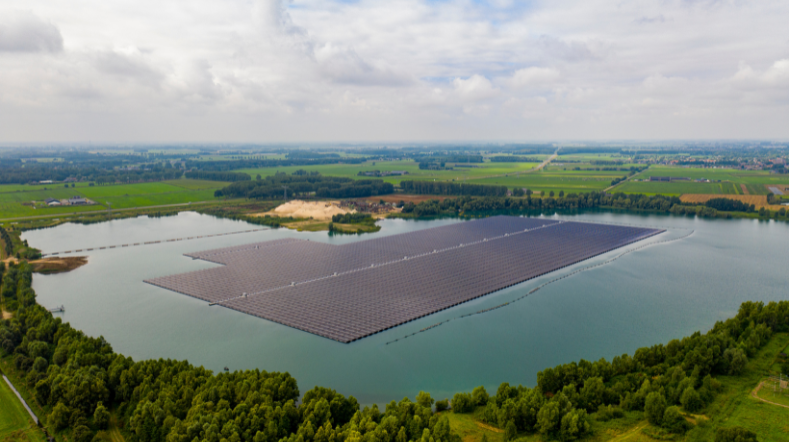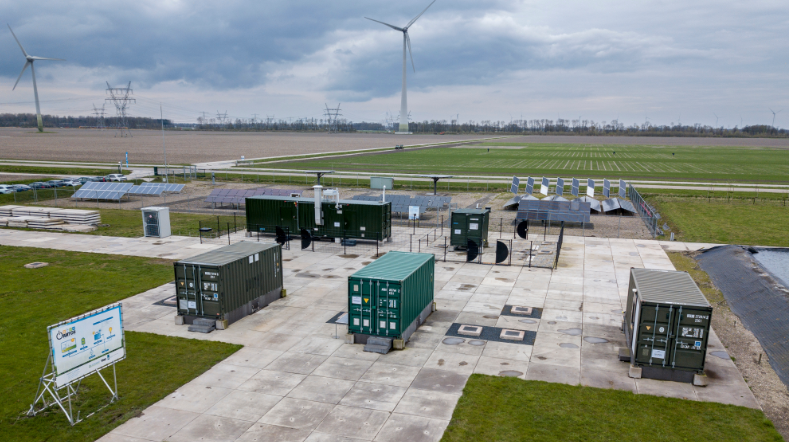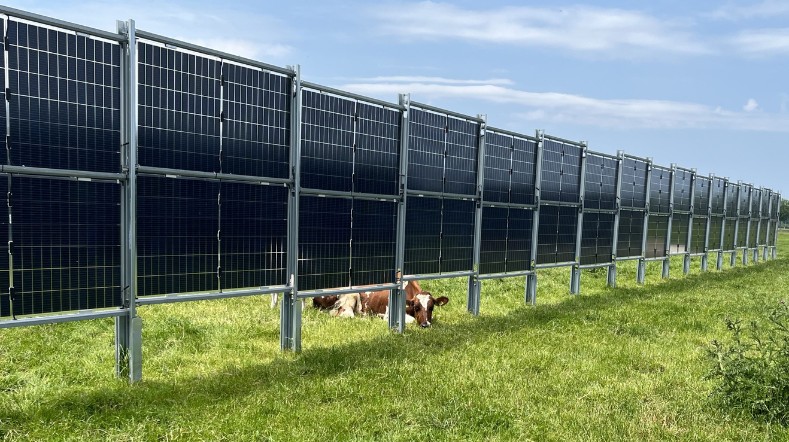
Field lab floating solar
The Fieldlab Green Economy Westvoorne is located on shores of the Oostvoornse lake and offers us space for a variety of research projects on floating solar energy systems. This is a location with wave category 2. This means that there are waves of up to 1 m high.
At the field lab, there are a number of test fields of about 50 kWp. The field lab is also equipped with measuring equipment, a grid connection, a floating walkway, and a reference PV system on land.
Unique project floating solar farms
In 2020, a consortium led by us launched a research project for floating solar energy systems. Partners include petrochemical company SABIC, Norwegian energy company Equinor, and the municipality of Westvoorne. As part of this pilot, 3 promising systems were constructed that can contribute to the further development of floating solar energy, for locations with high waves, strong winds, and brackish water. In addition, we are working with Zeeland University of Applied Sciences to conduct research into the effects of floating farms on underwater life and biodiversity.
Floating solar farms
Floating solar is expected to make an important contribution to the energy transition. Some scenarios predict 200 gigawatt peak (GWp) of solar energy capacity in the Netherlands by 2050, of which 25 GWp will be on inland waterbodies. That's why we want to acquire knowledge about the effect of wind and waves on the life span and performance of floating solar power plants, as well as the ecological effects.
The research facility is a milestone in the roadmap of the National Consortium Solar on Water and is a major step towards offshore solar farms.
Get inspired
Wind energy webinars

Carbon footprint floating solar energy systems similar to land systems


SWITCH tackles the energy issues of the future


SWITCH field lab of TNO and Wageningen University & Research/ACRRES opened


Study solar systems in dairy farming launched


